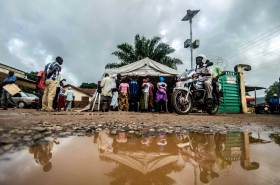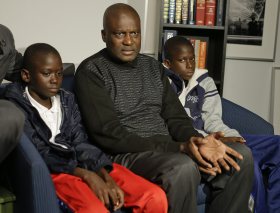
America’s top universities may be teaching a dangerous lesson about tanning.
Twelve percent of the nation’s top colleges and universities have tanning beds on campus, and nearly half have them either on campus or in off-campus housing, according to a report published online Wednesday in JAMA Dermatology.

